
Pugs
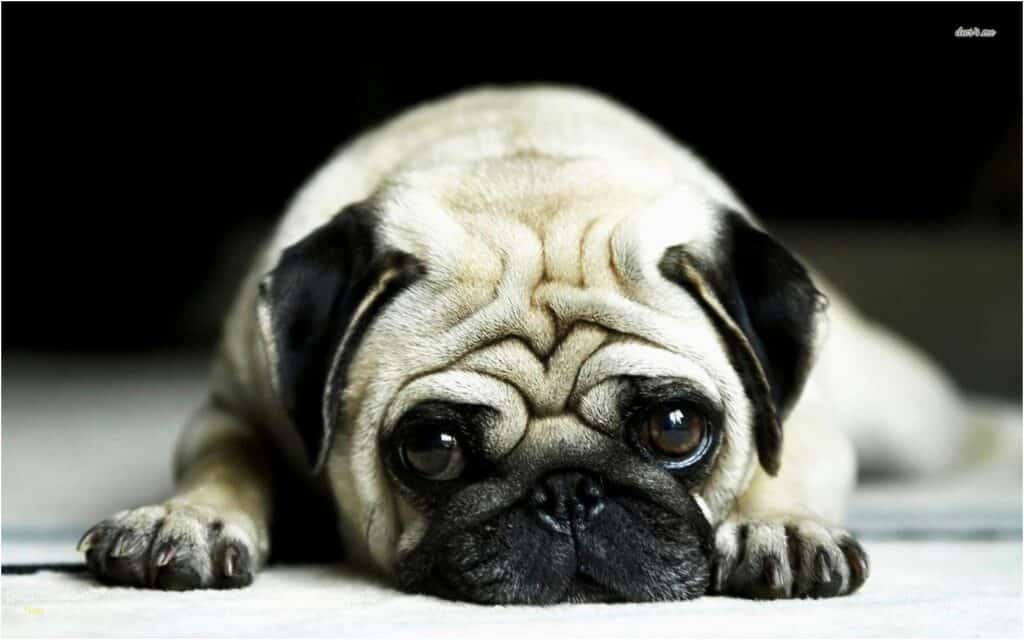
Looking for pugs for sale in NZ? Read this first!
The Pug is known for having a large number of dogs in a little place. The clowns of the canine world, these robust, compact dogs are members of the American Kennel Club’s Toy group and are regarded as the clowns of the canine world due to their great sense of humour and desire to show off.
Even though these are purebred canines, they may end up in shelters or rescue organisations. Keep in mind to adopt! If you want to bring a dog home, don’t go shopping.
All about pugs
With deep wrinkles around huge, dark eyes and a flat round face, the Pug’s funny visage can’t help but make you smile. Because his face resembles a human fist, the Pug’s name is thought to stem from the Latin word for “fist.”
Pugs are clowns in heart, but they have a dignified demeanour. Pugs are active dogs who love to play games, but they are also loving who like to be close to their owners. Pugs enjoy being the centre of attention and become depressed if they are ignored.
Pugs are square and thickset dogs that often weigh less than 20 pounds. Their heads are huge and round, and their eyes are large and round. On their faces, they have deep and noticeable wrinkles.
According to legend, the Chinese who perfected the breeding of this dog cherished the wrinkles because they looked like good luck symbols in their language. Dogs with wrinkles that resembled the Chinese letters for the word “prince” were especially appreciated.
“Beauty spots” are the moles on a Pug’s cheeks. His mask or muzzle is black, with a distinct “thumb mark” on the forehead and a black line running down the centre of the back. His ears are silky, smooth, and black. He has a tightly coiled tail and an undershot jaw (the lower teeth protrude slightly beyond the upper teeth).
Pugs have a pleasant and caring personality, are loyal and charming, lively and mischievous.
While Pugs can be effective watchdogs, they aren’t known for being “yappy,” which will be appreciated by your neighbours. They get along well with other animals and children if they’ve been properly taught and socialised. They are a wonderful choice for apartment dwellers because they are a petite, quiet breed that is largely idle indoors. Because of the flat curvature of the Pug’s face, he does not do well in excessive heat or cold and should be kept inside.
Pugs have a short, double coat and do shed. It’s a good idea to invest in a nice vacuum cleaner if you live with a Pug!
Highlights of owning a pet Pug.
Pugs can be tough to housebreak since they are headstrong. It is suggested that you teach your dog in a crate.
Because of their short muzzles, pugs cannot endure severe heat and humidity (air cools down when it passes through the noses of dogs with longer muzzles before entering the lungs). When your Pug is outside, keep an eye on him for indications of overheating.
- Pugs shed a lot, despite their short coats.
- Pugs snort, cough, and snort loudly.
- Pugs are prone to eye injuries due to their large eyes.
- Pugs are voracious eaters who, if given the opportunity, will gorge themselves. Because they gain weight quickly, they can become fat if their food consumption isn’t carefully monitored.
- Pugs require constant human company.
- If you have a Pug, you may expect him to follow you around everywhere.
Size of Pugs
Pugs range in weight from 14 to 18 pounds (male and female). They stand 10 to 14 inches tall at the shoulder on average.
A Pugs Personality
Expect a Pug to not hunt, guard, or retrieve anything. Pugs were bred to be companions, and that is what they excel at. The Pug yearns for affection — and your lap — and is irritated if his love isn’t returned.
He’s a sedentary dog who like to sit in your lap while you read or watch a movie. This isn’t to say the Pug is a knucklehead. On the contrary. He’s a fun-loving, humorous canine who loves to have a good time and thrills his owner with his antics.
A variety of factors influence temperament, including heredity, training, and socialisation. Puppies with a good temperament are interested and energetic, and they enjoy approaching people and being held. Choose a puppy that is in the midst of the pack, rather than one who is abusing his littermates or cowering in the corner.
Always meet at least one of the parents — the mother is usually the one who is available — to confirm that they have pleasant personalities. Meeting the parents’ siblings or other relatives can also help you assess what a puppy will be like as an adult.
When they’re young, the Pug, like all dogs, needs early socialisation – exposure to a variety of people, sights, sounds, and experiences. Socialization ensures that your Pug puppy develops into a well-rounded adult dog.
Enrolling him in puppy kindergarten is a terrific place to start. Regularly inviting visitors over and taking him to crowded parks, dog-friendly stores, and leisurely strolls to meet neighbours will all help him improve his social skills.
Dog Topics & Listings
Caring for your pet Pug.
The Pug is a low-maintenance companion that is perfect for senior owners, while being lively and rowdy. They are also a wonderful alternative for apartment dwellers because they are a petite, quiet breed that is quite sedentary when indoors.
If your Pug doesn’t get a walk or any playing, expect some crazy antics. However, because they are sensitive to heat and humidity, make sure your Pug doesn’t spend too much time outside if you live in a hot or humid climate.
Ear plugs are also a good investment for light sleepers. Pugs have a tendency to snore.
More Pet Topics
Grooming Your Pug And Color Of The Coat
Pugs are a double-coated breed, despite their short coats. Pugs are usually fawn or black in colour. Pugs have a short, flat, black muzzle and a fawn hue that can have varied tints, such as apricot or silver.
Don’t be fooled by the short and shiny coat. Pugs shed a lot, especially in the summer. The sensible Pug owner accepts this and changes her wardrobe to light-colored apparel that hides the hair better.
Following that, regular brushing and bathing helps to keep the coat in good shape and reduce shedding. Although some owners bathe their Pugs more frequently, a monthly bath is plenty. The Pug’s modest size makes him ideal for putting in the kitchen or bathroom sink.
Because these housedogs don’t wear down their nails as much as active breeds do outside, regular nail cutting is vital. Cleaning the Pug’s ears every few weeks is also a good idea.
The Pug’s facial creases require specific treatment. If these creases become moist or unclean, they become hotbeds for infection. After bathing, the wrinkles must be fully dried and rubbed out in between baths. Some owners just wipe out the wrinkles with a dry cotton ball, while others use commercial baby wipes.
The Pug’s protruding eyes also require special attention. The eyeballs are sensitive to harm and irritation from soaps and chemicals due to their protrusion.
When your Pug is a puppy, begin accustoming him to being brushed and examined. Handle his paws frequently – dogs’ feet are sensitive — and inspect his lips. Make grooming a pleasurable experience for him, complete with praise and rewards, and you’ll be setting the stage for smooth veterinarian checks and other handling when he’s older.
Check your skin, nose, mouth, and eyes, as well as your feet, for sores, rashes, or symptoms of infection such as redness, tenderness, or inflammation. There should be no redness or discharge in the eyes. Your weekly examination will enable you to detect potential health issues early.
Pugs with Other Pets And Children.
Pugs adore children. The Pug is a suitable breed choice for families with children since, despite his small size, he is not as fragile as certain toy breeds. A Pug, on the other hand, will disappoint children who want an energetic companion to retrieve balls or play soccer with. Interactions between children and dogs should always be supervised by adults.
The Pug, when properly educated and socialised, enjoys the company of canines and may be trusted around cats, rabbits, and other small animals.
You can find Pugs for sale near you by browsing our Dogs and Puppies for sale category:
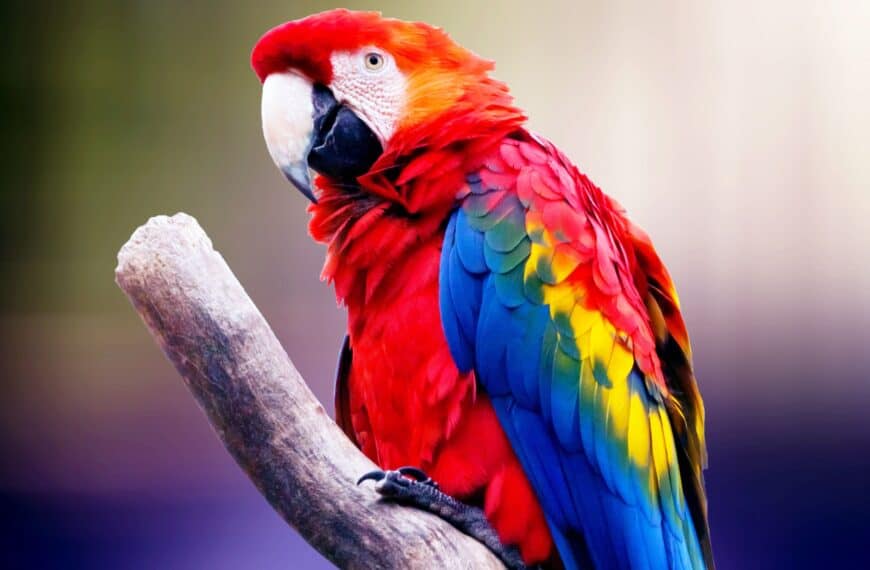
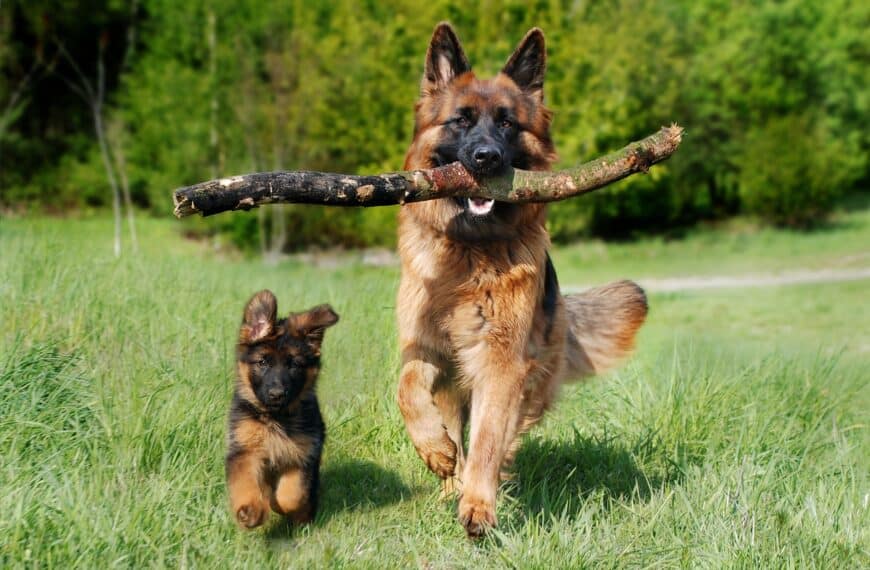

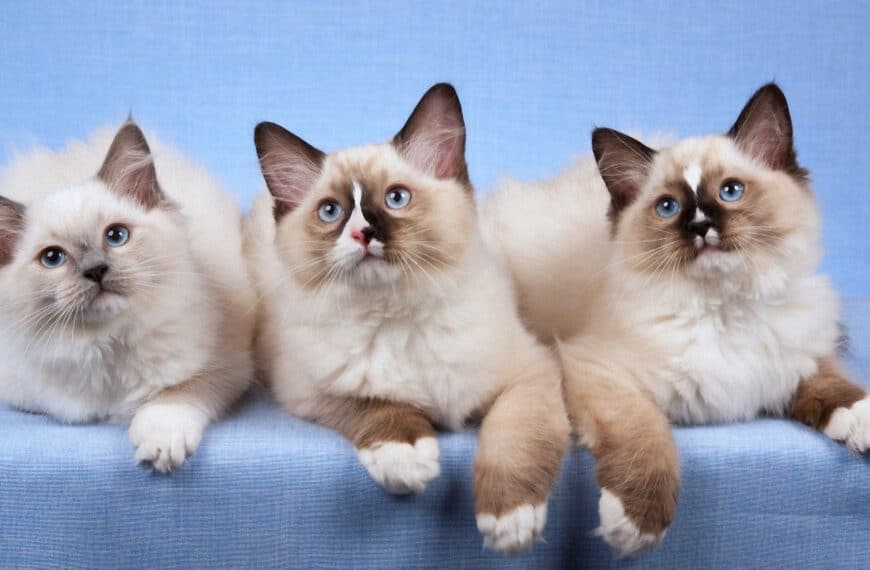
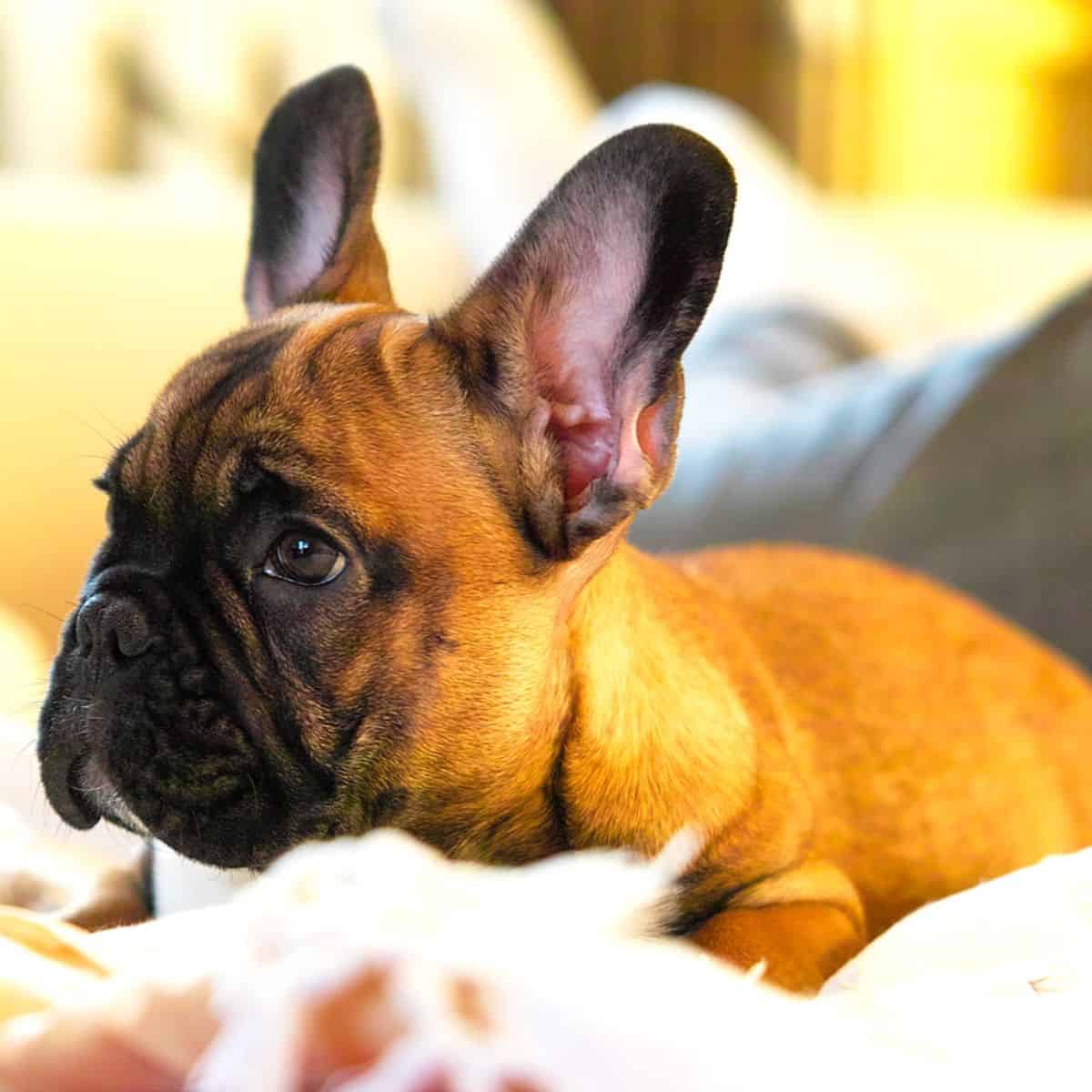
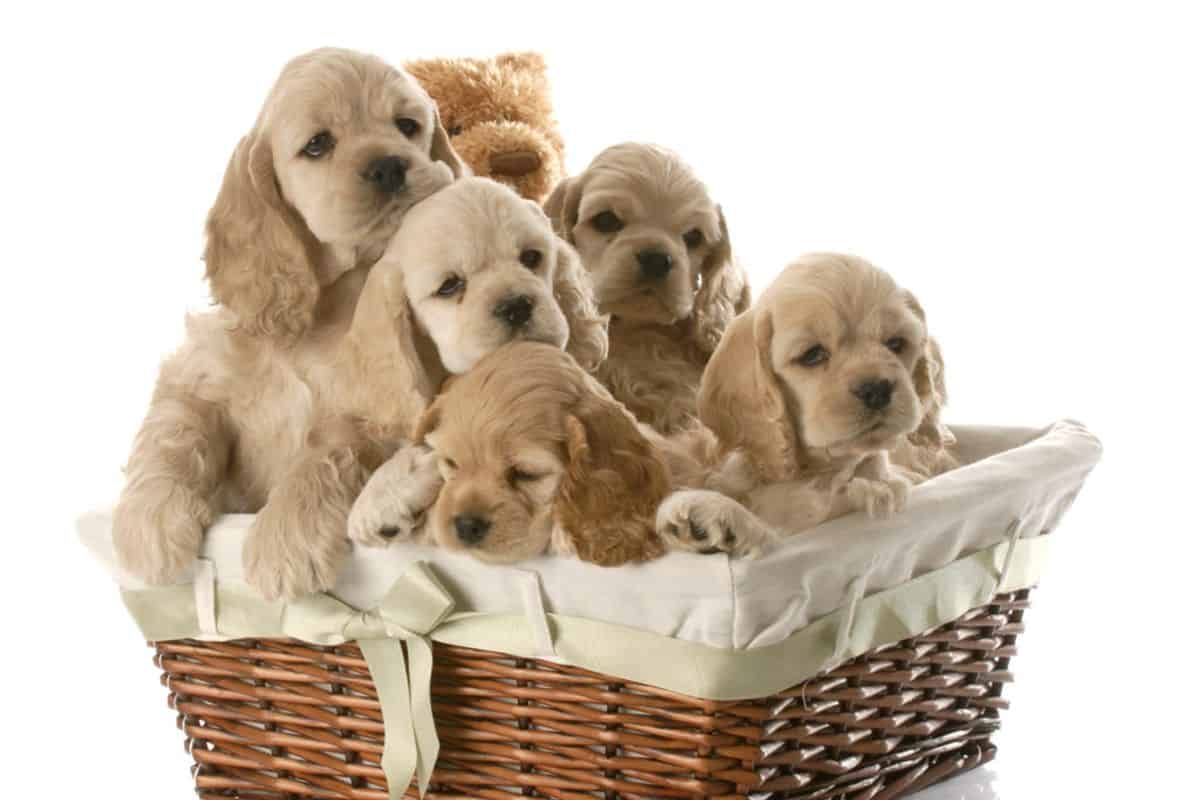
Shaun Cunico
August 23, 2022 at 9:30 pmPlease always post more content articles like this. I love it